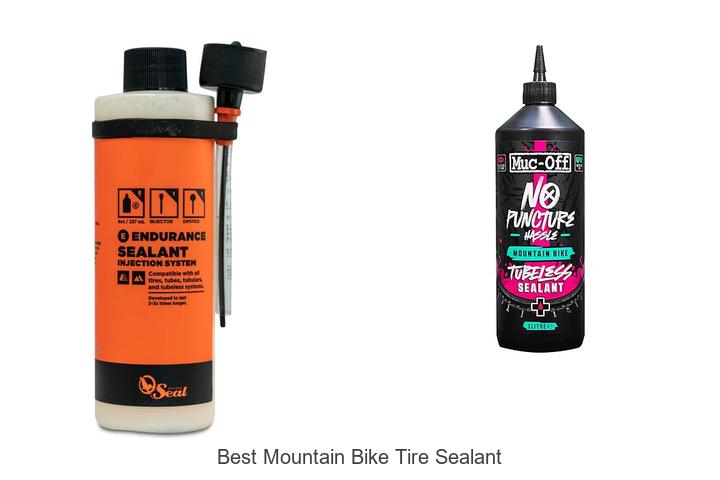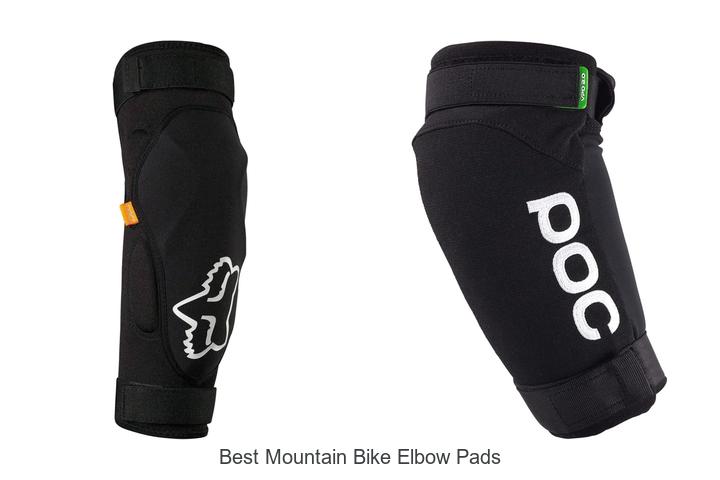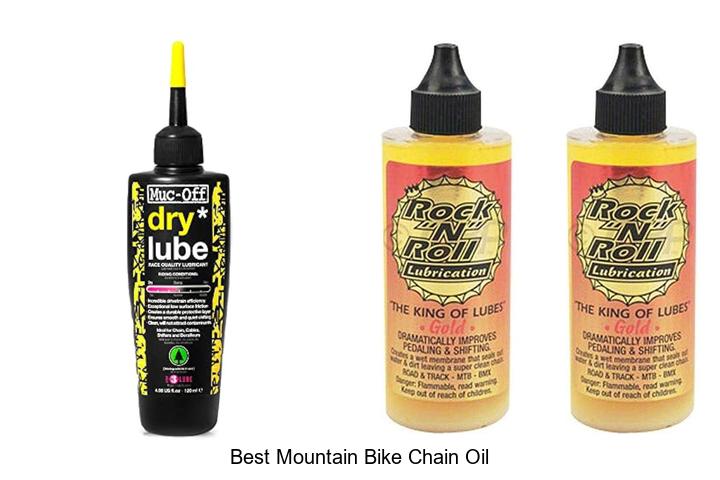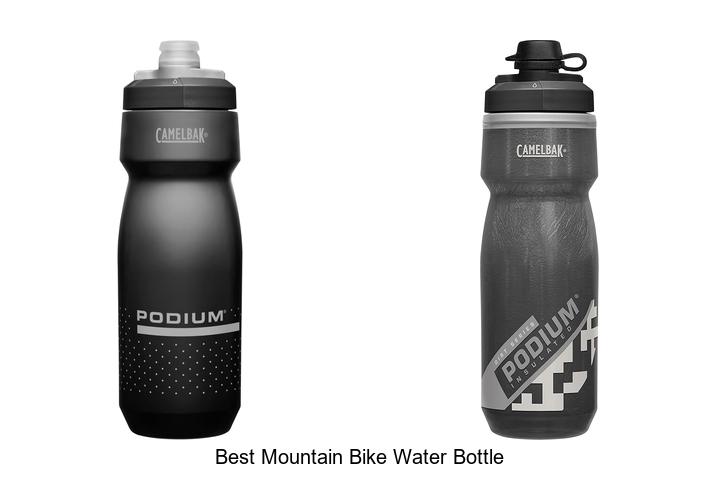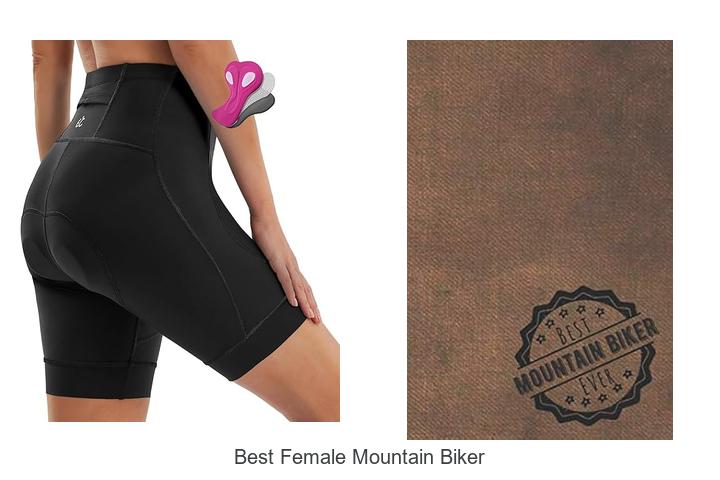When to Replace Mountain Bike Tires: Key Signs and Tips
Key Takeaways
- Replace mountain bike tires when tread knobs wear below 2 mm or lose sharpness to maintain traction and control.
- Inspect tires regularly for cuts, cracks, dry rot, and frequent flats, as these indicate structural damage needing immediate replacement.
- Tire lifespan varies with terrain, riding style, and tire quality; aggressive riding and rough trails accelerate wear and damage.
- Use built-in tire wear indicators and manual inspection techniques to accurately assess when to replace tires.
- Choose replacement tires based on your typical terrain, riding style, and proper tire size to ensure optimal performance and safety.
- Extend tire life by maintaining correct inflation, cleaning tires after rides, and storing your bike away from harsh environmental conditions.
Knowing when to replace your mountain bike tires can save you from unexpected flats and improve your ride’s performance. Tires wear down with every trail, and ignoring the signs can lead to poor traction or even dangerous blowouts.
You want to stay ahead of tire issues by recognizing key wear indicators before they affect your ride. Whether you’re a casual rider or hitting rugged trails regularly, understanding the right time to swap your tires keeps you safe and confident on every adventure.
In this article, you’ll learn how to spot tire damage, gauge tread wear, and decide when it’s time for a fresh set. Keeping your mountain bike tires in top shape is easier than you think once you know what to look for.
Signs It’s Time to Replace Your Mountain Bike Tires
Recognizing clear signs of wear helps protect your ride quality and safety. Focus on tread condition, visible damage, and puncture frequency to decide when to replace tires.
Tread Wear and Performance Decline
Check tread depth regularly. When knobs wear down to less than 2 millimeters or lose their original sharp edges, traction drops, especially on loose or wet terrain. Notice slow cornering, slipping, or reduced braking power? These indicate tread degradation that compromises control and stability. Replace tires to restore grip and maintain performance on rugged trails.
Visible Cuts, Cracks, and Dry Rot
Inspect tire sidewalls and tread for cuts deeper than 1/8 inch, cracks, or signs of dry rot, which appears as brittle, flaky rubber. These defects weaken tire structure, increasing the risk of blowouts or sudden flats. If cuts expose inner fabric layers or crack patterns spread across the surface, replace the tire immediately to avoid failures during rides.
Frequent Flats and Punctures
Monitor how often flats occur despite correct inflation and riding conditions. Multiple flats in a short period usually mean the tire casing has thinned or lost protective features. If tire inserts no longer prevent punctures or tubeless sealant fails repeatedly, it’s time for new tires. This step improves durability and reduces downtime caused by repairs.
Factors Affecting Mountain Bike Tire Lifespan
Mountain bike tire lifespan varies depending on several key factors. Understanding these helps you predict when a replacement becomes necessary to maintain safety and performance.
Riding Terrain and Conditions
Rough terrain such as rocky trails and roots speeds up tread wear and damages the tire casing. Riders on loose gravel or sharp surfaces face more punctures and sidewall cuts. Muddy and wet conditions increase tire stress but may reduce abrasive wear. Conversely, smoother trails cause slower tread degradation, extending tire life.
Riding Style and Intensity
Aggressive riders who corner hard or brake sharply create faster tread wear and heat buildup in tires. Frequent jumps and drops increase risk of cuts and punctures. Casual riding with steady speeds and minimal impacts causes less strain, allowing tires to last longer.
Tire Quality and Maintenance
High-quality tires with reinforced casings, advanced rubber compounds, and puncture protection systems resist wear and damage better. Proper tire inflation according to manufacturer specifications prevents premature wear and rim damage. Regular cleaning removes debris that can cut into tires, preserving longevity.
How to Inspect Your Mountain Bike Tires
Regular inspection helps spot damage early to maintain tire performance and safety. Use manual techniques and built-in wear indicators to evaluate tire condition effectively.
Manual Inspection Techniques
Visual checks highlight cuts, cracks, and embedded debris that threaten tire integrity. Run your fingers over the tread to feel for uneven wear or flat spots. Measure tread depth using a ruler or tread gauge; ensure it remains above 2 millimeters for adequate traction. Examine sidewalls for swelling, bulges, or dry rot, which indicate weakened structure. Rotate the tire slowly to inspect the entire circumference thoroughly. Check for frequent flats, as recurring punctures suggest casing deterioration that requires replacement.
Using Tire Wear Indicators
Many mountain bike tires include molded wear indicators within the tread pattern. Locate these small raised bars or dots in the grooves. Once tread wears down to these markers, grip and traction decline sharply. Monitor these indicators regularly; riding beyond this point increases flat risk and compromises control. Some tires feature color-change indicators that fade as tread wears, providing a clear visual cue. Trust these built-in tools to time your tire replacement accurately and keep your rides safe.
Choosing the Right Replacement Tires
Selecting the right replacement tires depends on matching them to your riding conditions and personal preferences. Choosing accurately enhances your bike’s performance and safety on the trails.
Matching Tires to Terrain and Riding Style
Identify the primary terrain you ride on. Choose tires with aggressive tread for loose, rocky, or muddy trails, which offer better grip and control. Opt for smoother tread for hard-packed or paved surfaces to reduce rolling resistance. Adjust your choice based on riding style: aggressive riders benefit from durable tires with reinforced sidewalls, while casual riders can prioritize comfort and puncture resistance. Consider factors like cornering frequency and braking intensity to select tires that maintain traction and stability under your specific demands.
Considering Tire Size and Tread Patterns
Select tire size compatible with your bike’s rims, paying attention to width and diameter to maintain handling and clearance. Wider tires provide more traction and cushioning but add weight and rolling resistance, which suits technical or downhill trails. Narrower tires excel in speed and efficiency on smoother routes. Analyze tread patterns: tightly spaced knobs improve speed and reduce noise, while widely spaced knobs help shed mud and debris. Evaluate side knob height and shape to ensure sufficient cornering grip. Meeting these specifications ensures your replacement tires support optimal trail performance and bike handling.
Tips for Extending the Life of Your Tires
Maximizing your mountain bike tires’ lifespan improves performance and reduces replacement frequency. Focus on key maintenance practices to protect your investment and maintain safety on the trail.
Proper Inflation and Pressure Management
Maintain tire pressure within the manufacturer’s recommended range for your tire model and riding conditions. Underinflated tires increase rolling resistance and wear sidewalls prematurely, while overinflated tires reduce traction and concentrate wear on the tread center. Check pressure before every ride using a reliable gauge. Adjust pressure according to terrain: lower pressure for loose or rocky trails enhances grip, higher pressure for hard-packed surfaces reduces rolling effort.
Regular Cleaning and Maintenance
Clean your tires after every trail ride to remove dirt, mud, and debris that accelerate tread wear and cause damage. Use a soft brush and mild soap with water. Inspect tires during cleaning for cuts, cracks, or embedded objects like glass or thorns. Remove debris carefully to avoid causing punctures. Avoid harsh chemicals or high-pressure washers, which can degrade rubber compounds. Store your bike indoors away from direct sunlight to prevent dry rot and UV damage.
Conclusion
Knowing when to replace your mountain bike tires is key to staying safe and enjoying every ride. Paying attention to wear signs and damage helps you avoid unexpected flats and maintain control on any trail.
By staying proactive with inspections and choosing the right tires for your terrain, you’ll get the best performance and longevity. Taking care of your tires through proper maintenance means fewer interruptions and more confidence on every adventure.
Trust your instincts and don’t hesitate to swap out worn tires—it’s a small step that makes a big difference in your riding experience.
